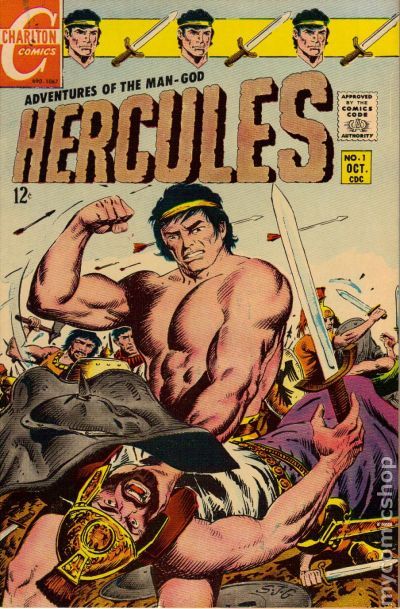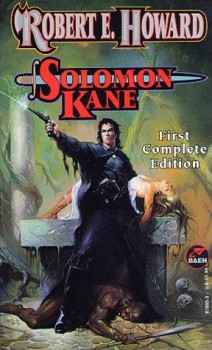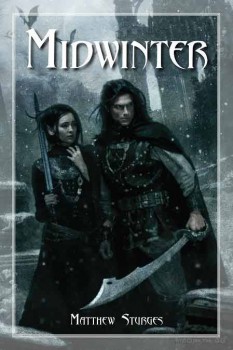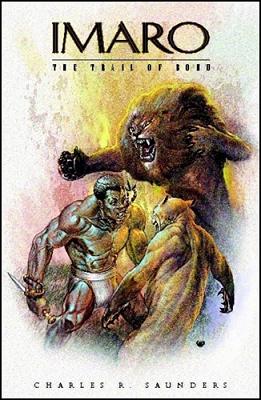Blogging Charlton Comics’ Adventures of the Man-God, Hercules – Part One
 Charlton Comics’ Adventures of the Man-God, Hercules is unique in actually making a credible stab at being faithful to Greek mythology. The Twelve Labors of Hercules form the backbone of the thirteen issues published between October 1967 and September 1969. Denny O’Neil scripted the first five issues under the unlikely pseudonym of Sergius O’Shaugnessy with Dick Giordano editing the first four issues. When Giordano left Charlton Comics for DC, he took O’Neil with him. Giordano’s successor Sal Gentile soon replaced O’Neil with Joe Gill, who scripted the final eight issues of the series. The entire run was illustrated by Sam Glanzman, a house regular at Charlton. I first discovered the series via Charlton’s short-lived reprint series of the early 1980s. Sadly, the entire run was never reprinted and all thirteen issues can be rather difficult to track down.
Charlton Comics’ Adventures of the Man-God, Hercules is unique in actually making a credible stab at being faithful to Greek mythology. The Twelve Labors of Hercules form the backbone of the thirteen issues published between October 1967 and September 1969. Denny O’Neil scripted the first five issues under the unlikely pseudonym of Sergius O’Shaugnessy with Dick Giordano editing the first four issues. When Giordano left Charlton Comics for DC, he took O’Neil with him. Giordano’s successor Sal Gentile soon replaced O’Neil with Joe Gill, who scripted the final eight issues of the series. The entire run was illustrated by Sam Glanzman, a house regular at Charlton. I first discovered the series via Charlton’s short-lived reprint series of the early 1980s. Sadly, the entire run was never reprinted and all thirteen issues can be rather difficult to track down.
The self-titled first issue features an amusing error in which the gods of Mount Olympus set Hercules with nine, rather than twelve labors to prove his worth so that he may take his rightful place among them. This mistake was quickly corrected with the second issue. As the series begins, Hercules’ mortal mother Alcmene has died and her son is frustrated he cannot join his divine father on Mount Olympus. Eurystheus decrees the man-god must perform nine labors before he will be recognized by his fellow gods. The first labor he is assigned is to slay the Nemean Lion. There is a nice twist where his fellow Spartans do not believe Hercules’ claims of being the son of Zeus. King Philip of Sparta puts a price on the man-god’s head for deserting the Olympics to go off on his quest.
When Hercules arrives in Nemea, he rescues Princess Helen from Argive invaders who sought to hold her hostage to force Alexander the Great to abdicate. Princess Helen falls for Hercules. Despite their rivalry for Helen’s love, Hercules and her betrothed Alexander fight side-by-side during the dual invasion of the Argive and Corinthian armies and force the invaders to retreat. Helen is prepared to leave Alexander for Hercules until she learns the secret of his divine heritage when she witnesses a conversation between him and Zeus. Hercules sends her back to Alexander, choosing eternity over mortal love. He battles and defeats the Nemean Lion barehanded and claims its skin as his prize. Hercules forms a strong bond with Alexander the Great, but takes his leave to return home to Sparta.

 Midwinter
Midwinter Imaro: The Trail of Bohu
Imaro: The Trail of Bohu